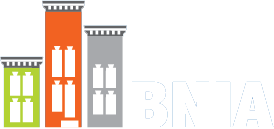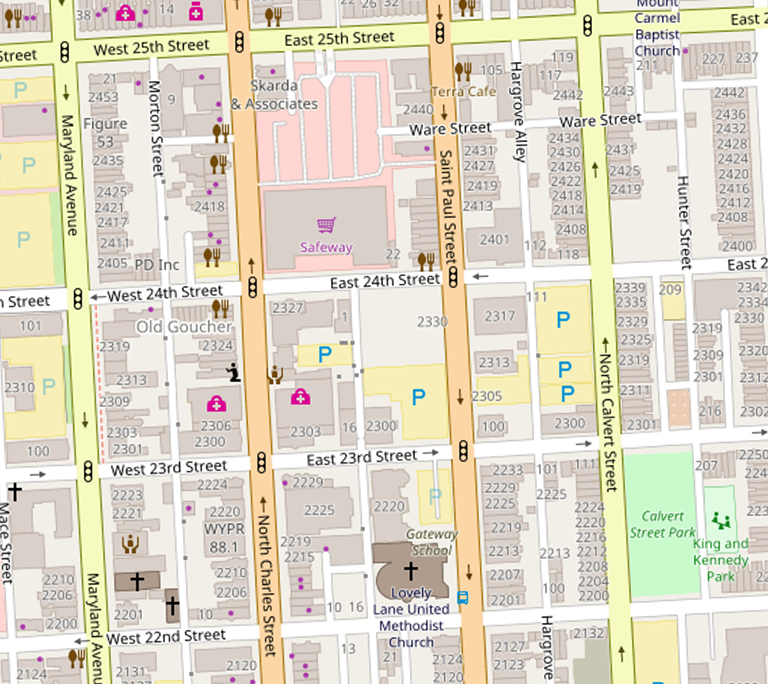GIS Day
This week, on November 15th, the world celebrated GIS Day, a day to celebrate, network, and learn about Geographic Information Systems and geography. BNIA-JFI celebrated the day at The Johns Hopkins Bloomberg School of Public Health and highlighted some of our work, including GEOLOOM, our new arts and culture interactive map, and our ESRI Open Data portal for sharing our Vital Signs community indicators. We would like to thank the Johns Hopkins Center for a Livable Future for extending an invitation to participate in the event, which featured exciting poster presentations from faculty, staff, and student researchers at JHU and resources and information from others, such as the Baltimore City Health Department and the Sheridan Libraries.
GIS @ BNIA
Let’s take a quick step back and talk about what GIS means for an organization like The Baltimore Neighborhood Indicators Alliance.
GIS, or Geographic Information Systems, is a complex computer system that allows users to create, store, and analyze spatial data. In laymen’s terms, a GIS system allows for people to better study where something might be happening and to answer questions about how and why patterns exist in data and what trends may mean.
GIS is at the core of all of our analyses at BNIA-JFI. Virtually every indicator that we publish for Vital Signs requires GIS. The information that we receive from our data providers contains addresses or latitude and longitude coordinates and we can perform a process called geocoding that turns each record in the table into a point on a map. These points represent can everything from locations of home sales, or crime incidents, 311 calls to report trash, locations of tree plantings, and so forth. Once those points are on a digital map, we can figure out how many of those data points are located within a community, neighborhood, zip code, Census tract, or county. When we then divide that total by population for instance, we have created an indicator.
For example, we can take the number of 311 calls to report trash, divide it by the number of people living in a neighborhood (data which comes from the U.S. Census), multiply it by 1,000 and create an indicator: Rate of 311 Calls for Dirty Streets and Alleys per 1,000 Residents.
GIS is also obviously crucial for making the maps we share on our website, whether it’s maps of our community indicators (these are known as choroplath maps, learn more about them here!), assets, and our interactive maps, like GEOLOOM, Green Patterns, the Real Estate Pipeline, and Foreclosures.
Open Data
One of the things we are proud to share with the community is our Vital Signs indicators in our own ESRI Open Data Portal. Accessible at https://data-bniajfi.opendata.arcgis.com/, users can access, analyze, and download our indicators for their own mapping and data projects. Making data accessible to all users allows others to actively track trends in their neighborhood and advocate for solutions for improving quality of life. We hope that our data, along with the data published through the city’s own data platform, Open Baltimore, can lead to smart, data-informed decision making.



